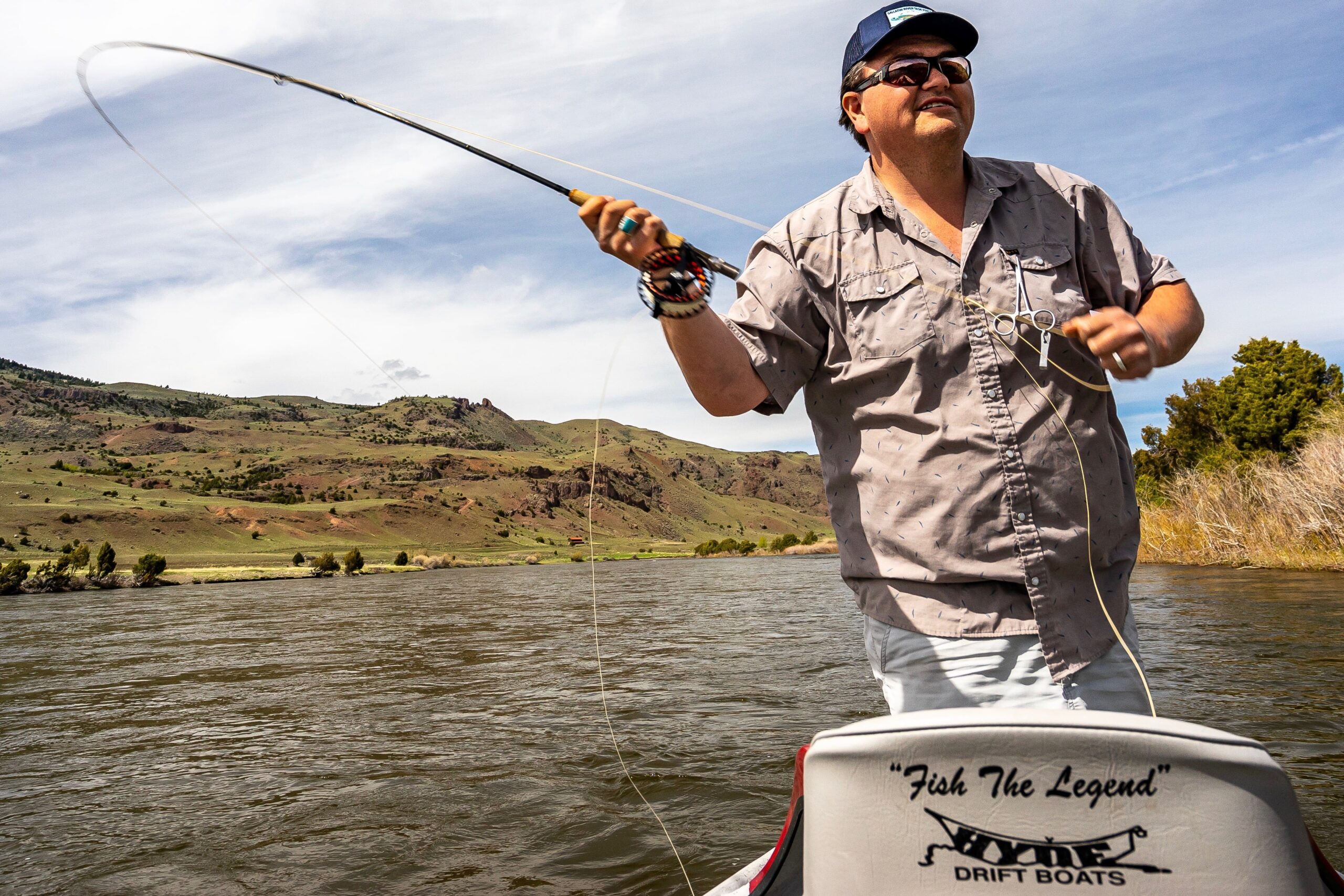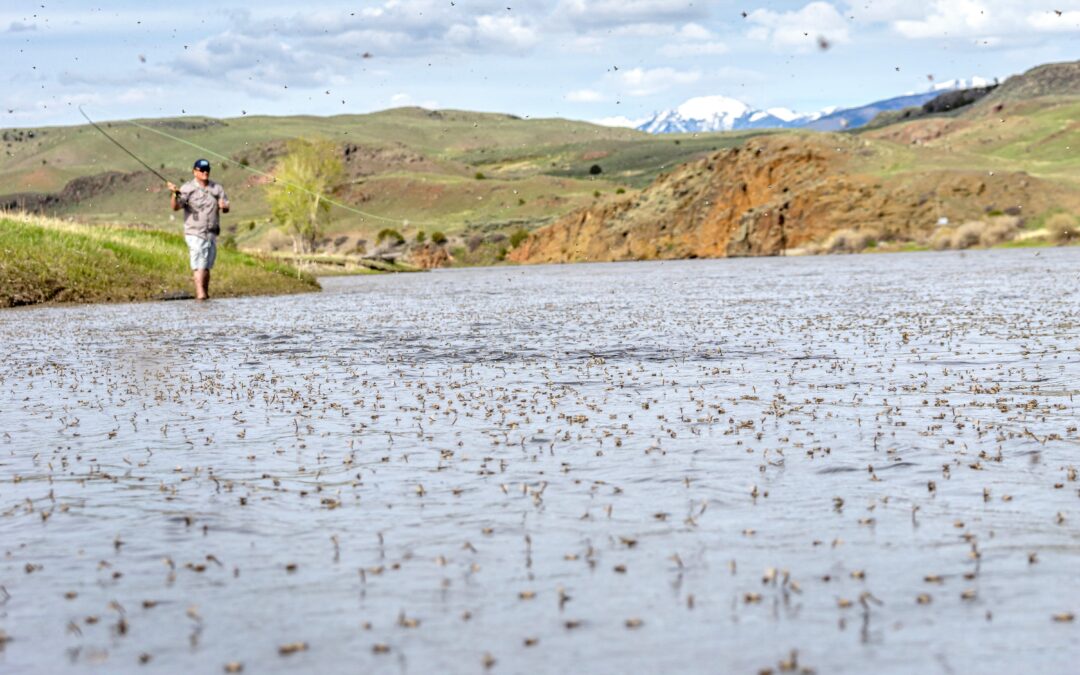May fishing in Montana might conjure thoughts of doom and despair. The rivers are flush with freshly melted snow. The watercolor closely resembles my morning cup of coffee. Who would want to fish in that? Not I. However, there are fisheries in Montana in May that are at their peak productivity, providing some of the highest and most consistent catch rates we see all year on any of the fisheries we visit across southwest and central Montana.
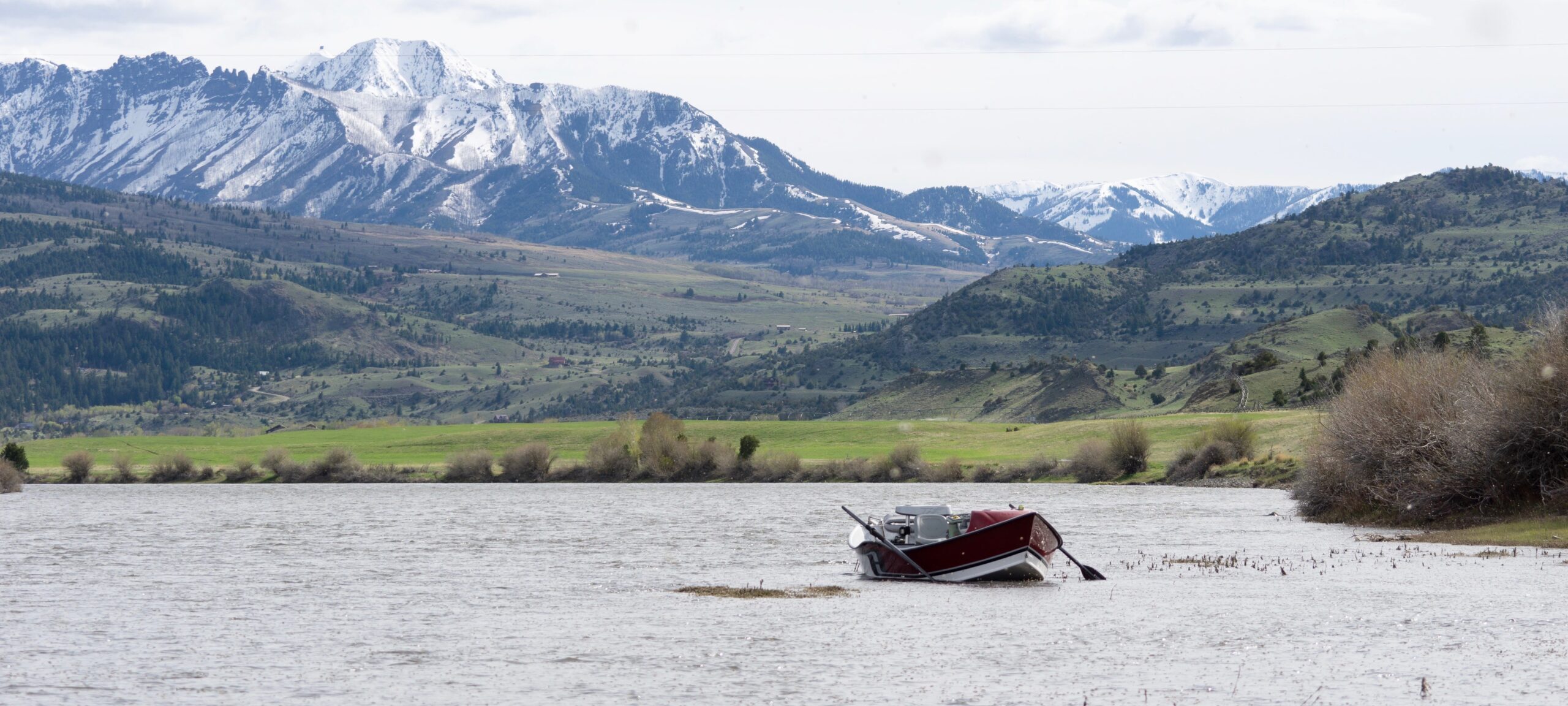
1. Enjoy the Intimacy of a Paradise Valley Spring Creek.
It’s no secret that spring creeks provide quality angling opportunities from the high heat of summer to the sterility of winter. But what are some of the most productive times to see these ground sourced fisheries? Certainly, June must be an exceptional time to see these fisheries. You would be correct in that assumption. We get to see some of the most consistent PMD fishing known to mankind. But there must be other times, perhaps without the crowds? Yes! One of our favorite, and most productive times, to see the Paradise Valley Spring Creeks is May.
The environmental conditions heavily dictate the strength and consistency of this May fishery. Seemingly everyone has experienced the oppressive smoke from wildfires in the west. We find the smokey air irritating due to particulates in the air. Trout experience a similar effect throughout runoff. Particulates in the water create the stained color. Trout in turn, run this abrasive water over their gills to prevent suffocation. While our annual runoff doesn’t kill the well adapted, wild trout it still is not a pleasant situation. So, what are they to do? The trout will actively seek out a better environment to live in. Where are our sources of clean water on the Yellowstone? A few freestone tributaries like Mill Creek, but it’s running at a balmy temperature. Enter the Spring Creeks like DePuy’s.
The ground sourced water enters the Yellowstone gin clear and at the optimal temperature of 50 degrees. We observe a tremendous push of fish from the Yellowstone into the Spring Creeks where they find ample stores of food like emerging baetis, PMD nymphs, sow bugs, scuds, midges, and other minority food sources. We see great subsurface and surface fishing throughout the month of May on the Paradise Valley Spring Creeks. The fisheries each provide an intimate walk and wade setting where we observe good presentations being rewarded with beautiful, strong wild trout.
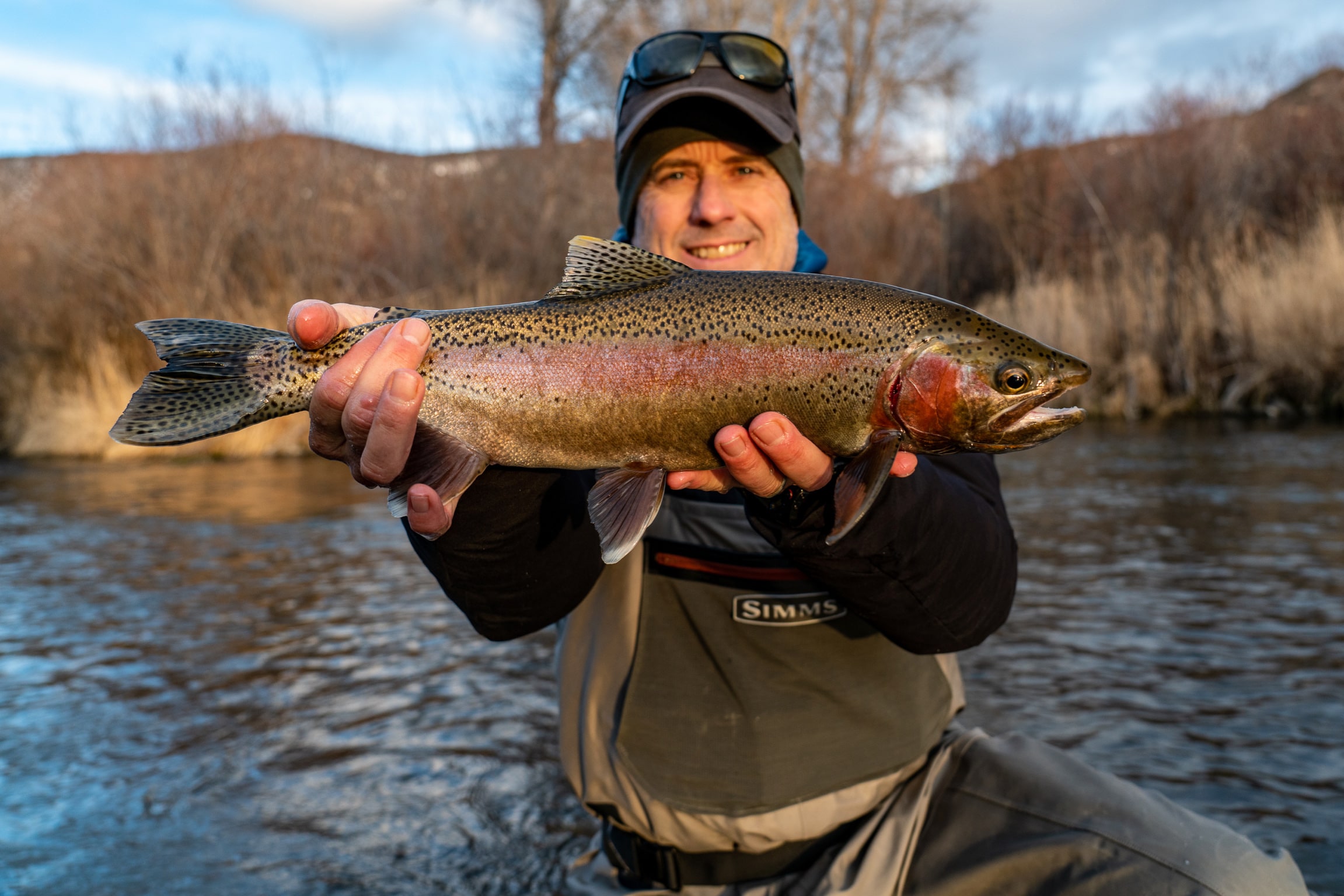
2. See the Mighty Mo and its resident 5,000 trout per mile.
The Missouri River is surrounded in fly fishing lore. With that many trout per mile it’s seemingly impossible not to hold a reputation for being a premier trout fishing destination. So, when is the best time to experience this renowned river? I can understand arguments for June and July, but I will make a strong case for the May fishery.
The nature of all tailwater systems is two grow weed beds that provide habitat for insects and trout alike. If you have ever been on the Missouri, Bighorn, or North Platte in August you’ve spent some time picking aquatic vegetation off your flies, nymphal imitations suffer from this the most. In May, none of this vegetation has begun to grow, so nearly every trout in the river is accessible to the fly angler. Additionally, the water temperatures that range from the low 40’s to low 50’s dictate that the trout are actively feeding in moderately paced water throughout the day. Additionally, these water temperatures lead to strong hatches of baetis, midges, march browns, and even caddis.
Therefore throughout the 30+ miles of highly productive trout water on the Missouri there are angling opportunities ranging from nymphing from the boat to wade fishing dry flies up steam. For those that truly want to experience the excitement and productivity of tailwater fishing there is no better time than May.
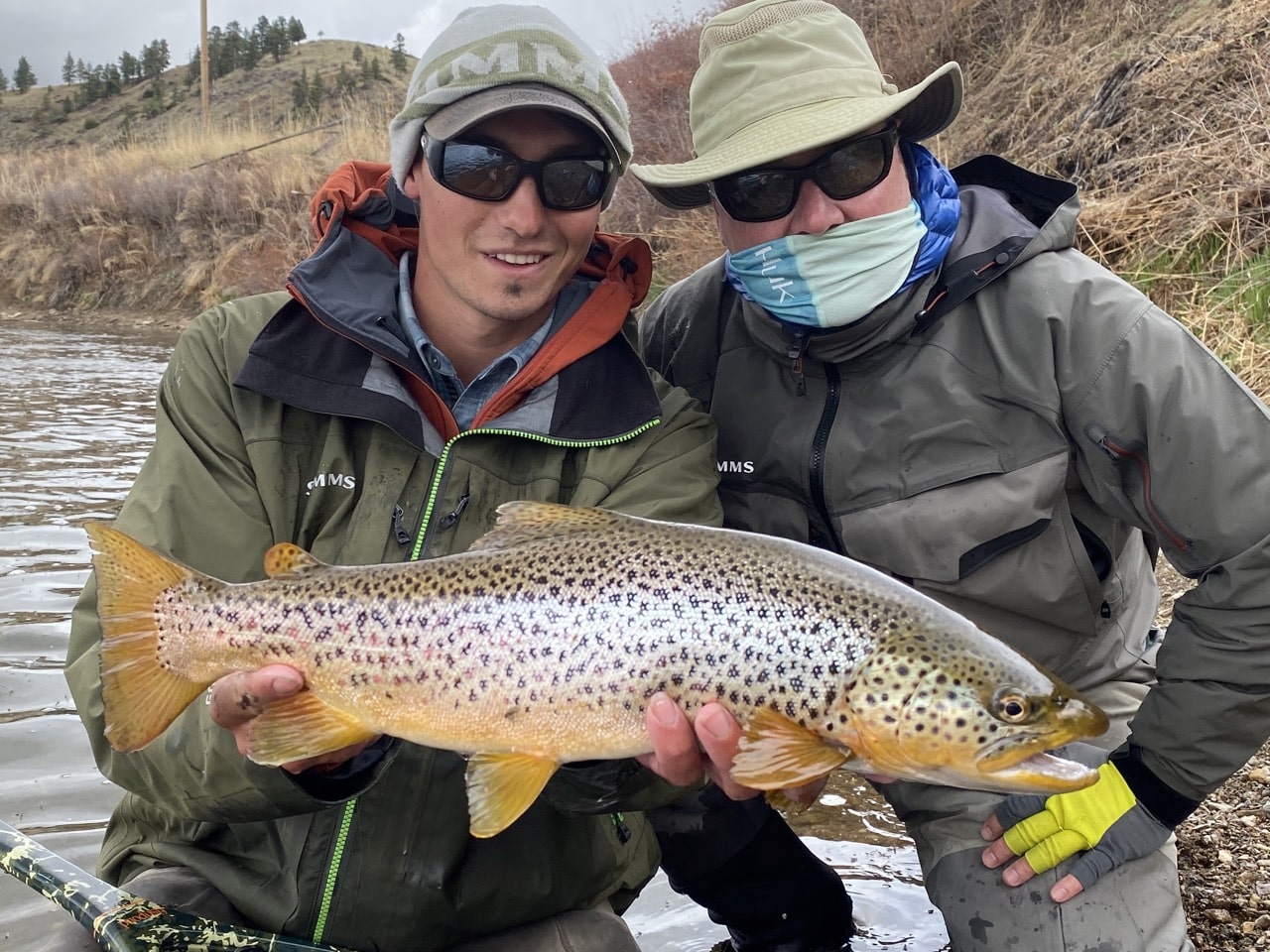
3. Catch the biggest trout of your life from a private lake.
Let’s face it, when fly anglers thing of fishing lakes and ponds, images of Cletus and Jeb sitting on five-gallon buckets fishing with milk jug bobbers come to fruition. However, this couldn’t be further from the truth. There is perhaps no more technically rewarding fishery in fly fishing than still waters, and the fish are big – really big.
For a nominal rod fee we can explore a range of private, productive still water fisheries that each offer up different angling scenarios. We encounter everything from stripping leeches on full intermediate lines around structure, to sight fishing with dry flies to large fish cruising the shallows.
The marquee event of any still water fishery in Big Sky Country is the callibaetis hatch. These multi brooded insects emerge from late April into August. It is important to note that these verification seeking insects become smaller as the summer wanes, so in May we get to fish adult versions on the surface that are a number 12! In a similar fashion to what we observe on area tailwaters, we see the aquatic vegetation just above the lake bottom. This provides less cover for the fish and better defines the strata in which they feed. This only benefits the angler by making the fish more accessible and easier to find.
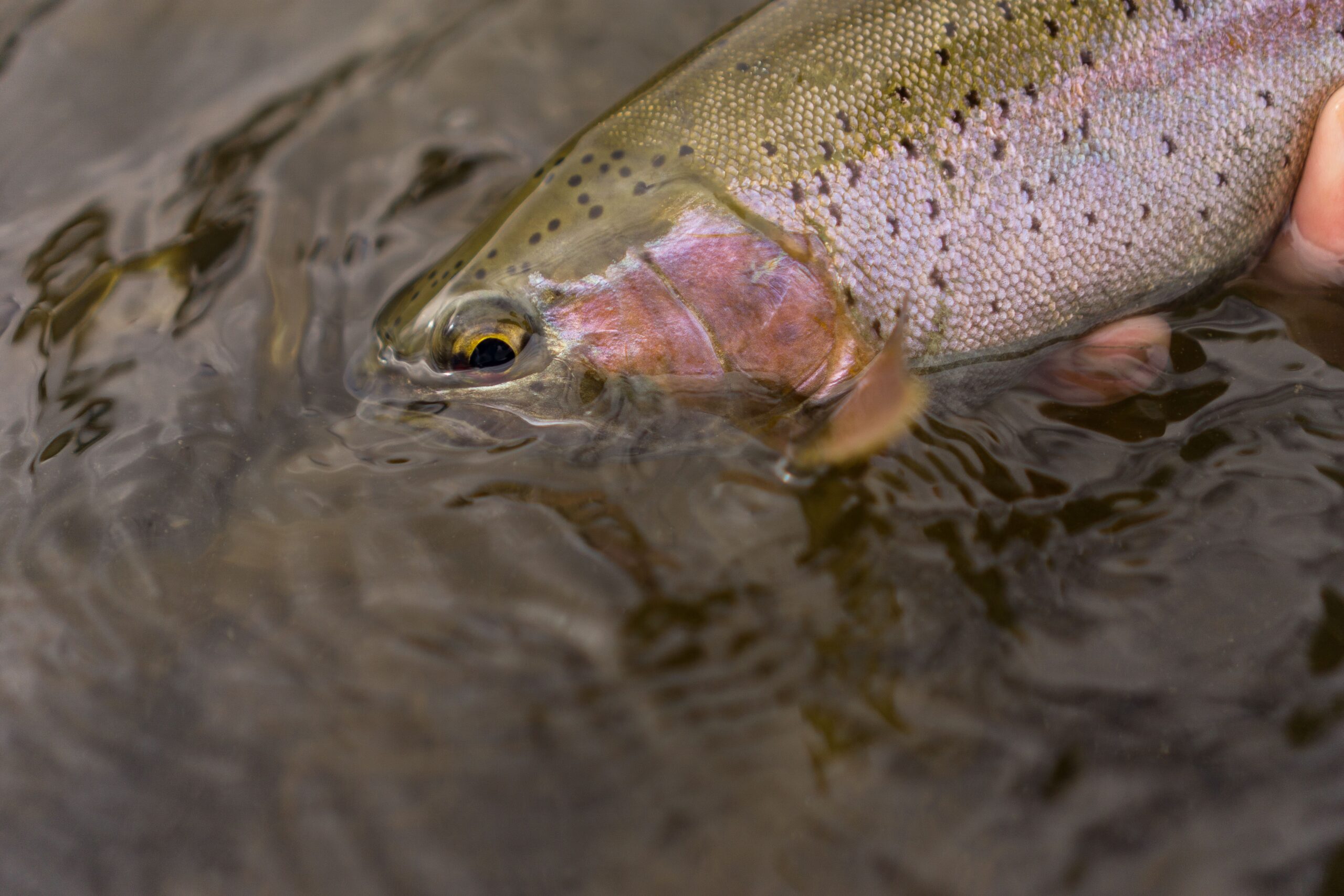
4. See the Mother’s Day Caddis Hatch
While there isn’t a “Mother’s Day Caddis River” we do experience what is the heaviest, most prolific hatch of the season throughout the first half of May on area rivers like the Madison, Gallatin, Stillwater, Missouri, and Yellowstone.
This stifling hatch garners the attention of every fish in the river, big and small and truly provides the most spectacular dry fly fishing of the season. While we don’t know where we do know when and throughout late April and the first half of May we count on this exceptionally heavy hatch of caddis. From top to bottom we experience great fishing starting a few weeks prior to the hatch as the nymphal form of the insect becomes increasingly active. This is followed by early pupation where we see a variety of tight line tactics come into play. Then, the main event, full blown emergence.
On any river system we generally see the blanket emergence last around two weeks. Here our guests can expect to inhale a few bugs throughout the course of the day as it’s simply unavoidable. The sounds of slurping trout are truncated by the hacking of the intrepid angler. “Yep, Bill sucked another one down.” As guest Bill simultaneously tries to expel a caddis from his lungs and land his fish.
